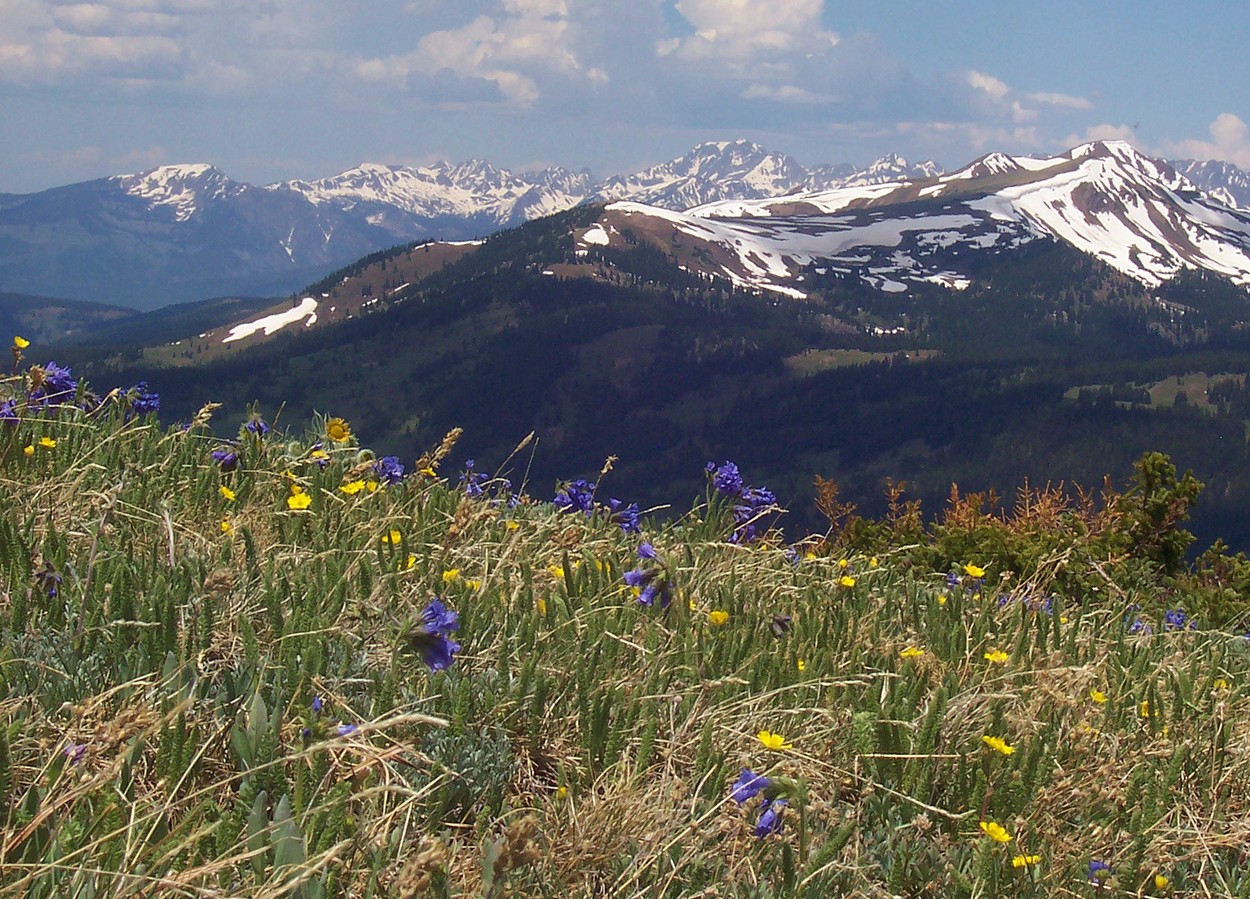Image source: https://goo.gl/oSC74L
Summary (What I learned):
When taking a bite out of an apple, do you ever ask: "Where did this come from?". You probably might not have even cared or thought about this question, but an apple, or any food product, goes through a long system to get to your house. This is called a Food System. First, the fruit or vegetable is planted in a farm and is taken care of. After that, the fruit or vegetable is harvested and then taken into a factory. When the food is in the factory, it is processed to either make the vegetable look appealing (like the way you see it in supermarkets) or combined with other food products to make one food product. For example, tomatoes are mixed with spices and other ingredients, such as vinegar, to make ketchup. After being processed, the food product is then stored in a cold, hot, or room temperature area depending on how it is preserved. For example, if you are storing meat or milk, you would put it in a cold area. After being stored, the food product is packaged, put it a truck or some other form of transportation, and put into the market, where you buy it. After you buy the food product, you take it home and consume it. Now that you consumed it, what do you do now? Do you compost the food product or throw it away? Food products get wasted in each step in the Food system. For example, during harvesting, not all fruits and vegetables are picked, even though they are still edible, and those unpicked foods are left to die.
SP-8: Obtain, Evaluate, and Communicate Information (What I did):
This week, I obtained information about the food system by researching about it, doing an activity that showed the food system of an apple, doing another activity about learning the food system of chicken products, and discussing this topic with my table mates. When working on these activities last week, I evaluated the information I found by searching up the facts, and then using background information to support it. For example, I learned online that the first step of obtaining chicken products is raising the chicken. To make sure this was true, I thought to myself, is there any steps before raising a chicken? I already know that you need to raise a chicken before you do anything with it, so this information was correct. I communicated the given information by discussing it with my table and adding it to the 'Food System: Apples/Chicken" Chart.
XCC: System and System Models:
When studying about food systems, I noticed that there was a System and System Models. The System was the food system, which I explained in the Summary, and there were also System Models. The System Models, which made the Food System work, was the Factory, Transportation, Retailers, and Farmers. The Farmers helped create the food, the Factory helps process the food, the Transportation transports the food to where it is, and the Retailers help sell the food to you, and then you eat it. Without these components, the food system would not work.
Multiplier/Conclusion:
This week, I gathered data about food products and the process they go through to go to your house. I also learned about how much of that food is wasted during this system, how it could be wasted in each step of the system, and how to not waste it in each step of the system. This week, I was also a Wanderer, exploring the information and sharing it with my team.


